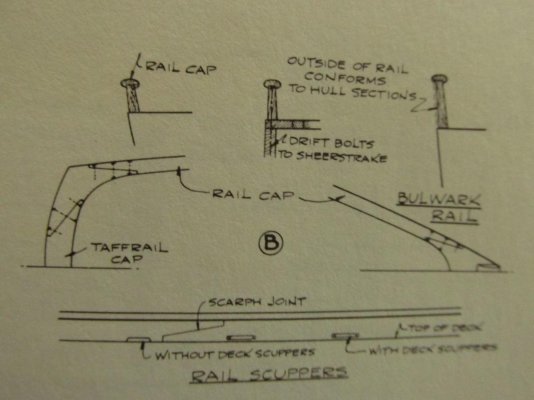MikeM
Senior Member
Thanks Marin for the advice on the TDS product. Definitely superior to the Sikaflex product. I followed the instructions from S-3 Maritime and caulked in two layers, although I suspect that wasn't necessary. It definitely didn't gas at all, unlike the Sikaflex that when cured looked like closed-cell neoprene.
Jim
Sent from my iPad using Trawler Forum
Jim,
I know that others (Larry on Hobo) opened up the joints with a Dremel. Did you do that? If so, how deep did you go?
Mike
Mike Metts
KK 42-165
Virginia Beach, VA
Sent from my iPad using Trawler Forum


